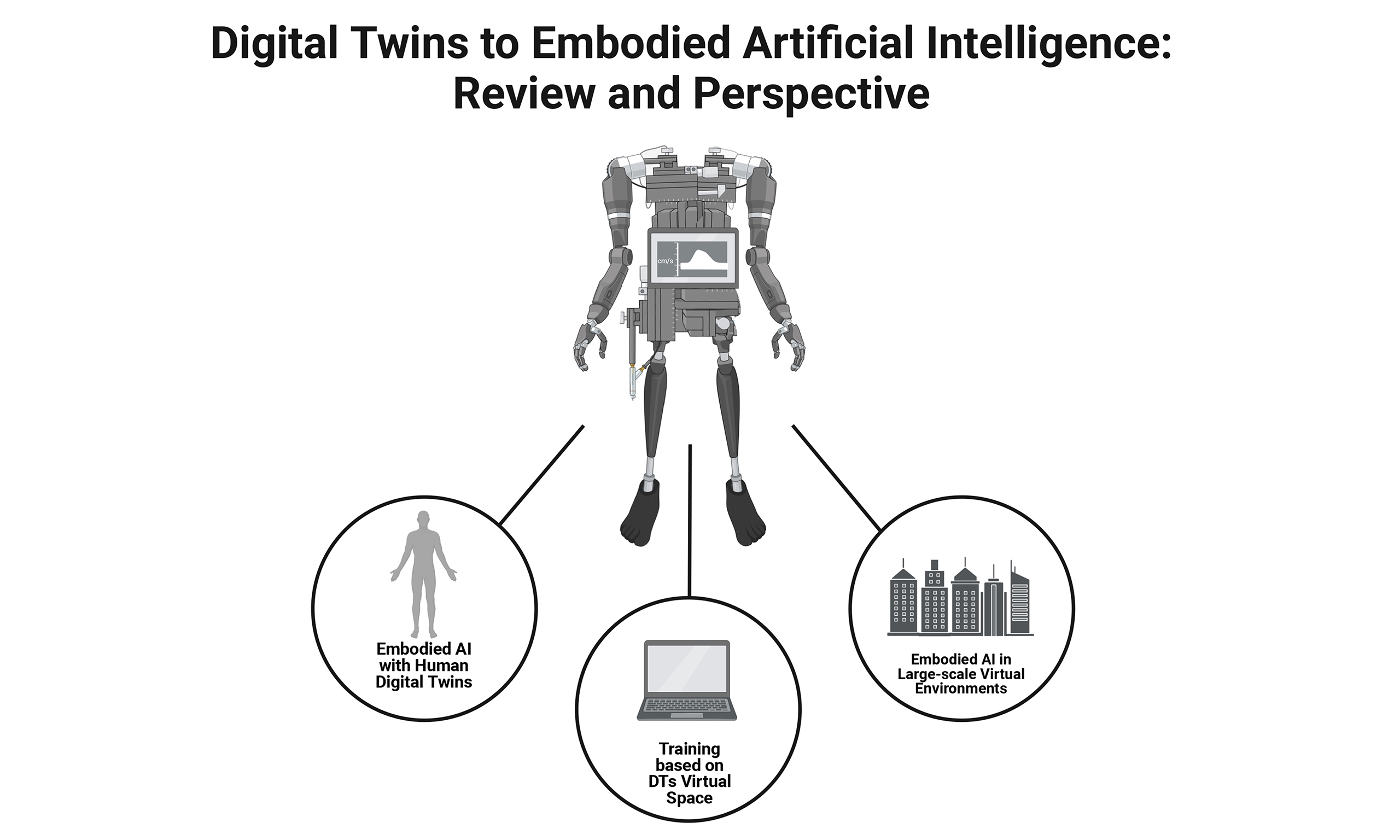
Artificial Intelligence is Learning to Perceive Like Humans
Artificial intelligence (AI) is developing a more human-like understanding of the world—not by enhancing its individual sight or hearing abilities, but by learning to comprehend how visual and auditory information complement each other. Motivated by how humans naturally interpret their surroundings through various senses, researchers at the Massachusetts Institute of Technology (MIT) have created an advanced machine-learning model that significantly enhances the connection between sights and sounds for AI—without depending on training data labeled by humans.
Imitating Multisensory Learning
In daily life, individuals naturally associate what they hear with what they see. For instance, when observing a musician, you instinctively connect the movement of the bow to the sound produced by the cello. MIT’s newest AI model aims to replicate this type of sensory integration, which is a crucial element of how humans interpret complex real-world situations.
The innovative model, detailed in a preprint titled “Clustering-Aware Video and Audio MAE for Fine-Grained Audio-Visual Synchronization” (CAV-MAE Sync), instructs machines to automatically identify matching sound and visual sequences from video content—without requiring pre-labeled examples.
“Humans acquire knowledge from their surroundings in a very holistic manner—what we hear and see work together to shape our perception,” states Andrew Rouditchenko, an MIT graduate student and co-author of the paper. “Our objective is for AI systems to achieve something similar.”
A More Authentic Method to Connect Sight and Sound
Earlier AI systems from this research group attempted to align audio and video, but they faced a significant limitation—they would match long, 10-second audio segments with a randomly chosen video frame. It resembled attempting to grasp an entire movie using just a still picture and a brief sound clip.
CAV-MAE Sync resolves this issue by dividing the audio into smaller, sequential segments that correspond to specific video frames. As the system undergoes training, it learns to link what is displayed on-screen at any given moment with the related audio, enabling incredibly precise synchronization. This timing alignment reflects how humans process a flow of sights and sounds together in a coordinated manner.
Navigating Conflicting Objectives in Training
Creating an AI that learns in this way presents a distinct challenge: how can a model simultaneously fill in absent data (for example, reconstructing partial visuals or audio) while also understanding how sound and sight are semantically linked? These dual goals—reconstruction and association—can conflict during training, making it more difficult for the model to excel in either area.
The researchers addressed this by implementing specialized learning structures:
– Global tokens: Components intended to capture high-level, cross-modal correlations between audio and video.
– Register tokens: Units that assist the model in concentrating on notably significant details within either the auditory or visual data.
– Multi-purpose architecture: By segregating various learning responsibilities, the model can manage multiple training objectives without trade-offs.
This division allows the model to avoid becoming “confused” by attempting to perform two tasks simultaneously—it learns more efficiently and with reduced errors.
Practical Applications: From Search to Scene Comprehension
CAV-MAE Sync is not merely a theoretical progression—it has practical applications available now.
In experimentation, the model significantly enhanced the precision of video searches when provided with audio cues. This means AI tools could more effectively identify specific scenes in extensive video libraries based on sounds such as barking dogs, machinery, or musical instruments. It also improved its ability to recognize various environments or activities by analyzing the combined audio-visual context—essential for purposes like video indexing, content moderation, or accessibility services.
“Sometimes, very straightforward concepts or minor patterns you observe in the data have substantial value when layered onto a model you are developing,” remarks Edson Araujo, the paper’s lead author and a graduate student at Goethe University in Germany.
In fields like media production, journalism, or even home security, this model could assist in automating the retrieval of hours of footage, quickly highlighting clips with specific sounds or events—ultimately saving creators and analysts a significant amount of time.
A Multimodal Future for AI
The long-term vision for CAV-MAE Sync extends far beyond video comprehension. The researchers aspire to integrate this audio-visual learning framework into more holistic AI systems, such as large language models (LLMs), which are the foundation of widespread chatbots and voice assistants.
By incorporating seamless audio and visual capabilities, these models could potentially engage with users and their surroundings more fluidly—seeing, hearing, and understanding in ways that replicate human interaction. Imagine LLM-powered robots capable of hearing dialogues, observing body language, and responding contextually—or virtual assistants that analyze both your speech and your environment for a more intelligent, intuitive experience.
Next on the agenda: incorporating language data into the model. Merging text, sound, and vision would create a genuinely multimodal AI that comprehends the world in a deeply interconnected manner—just as humans do.
Bringing Machines Closer to Human Understanding